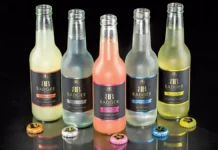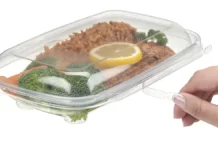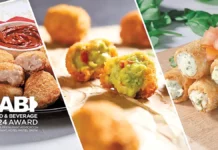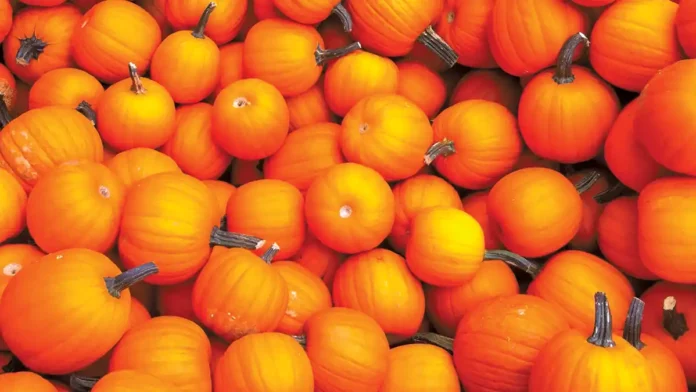
As the fall equinox happens upon us, in America, and now in many parts of the world, this time has become synonymous with ‘pumpkin spice season’.
Once fall arrives, no matter where you turn, everything you see has a pumpkin flavored version – coffee, pastries, pasta, beer – even dog treats for our canine companions! However, before the pumpkin spice crazy started (ca. 2003), fall was still a time that elicited excitement over warming spices and all things squash related… so what makes these seasonal items so exciting?
Table of Contents
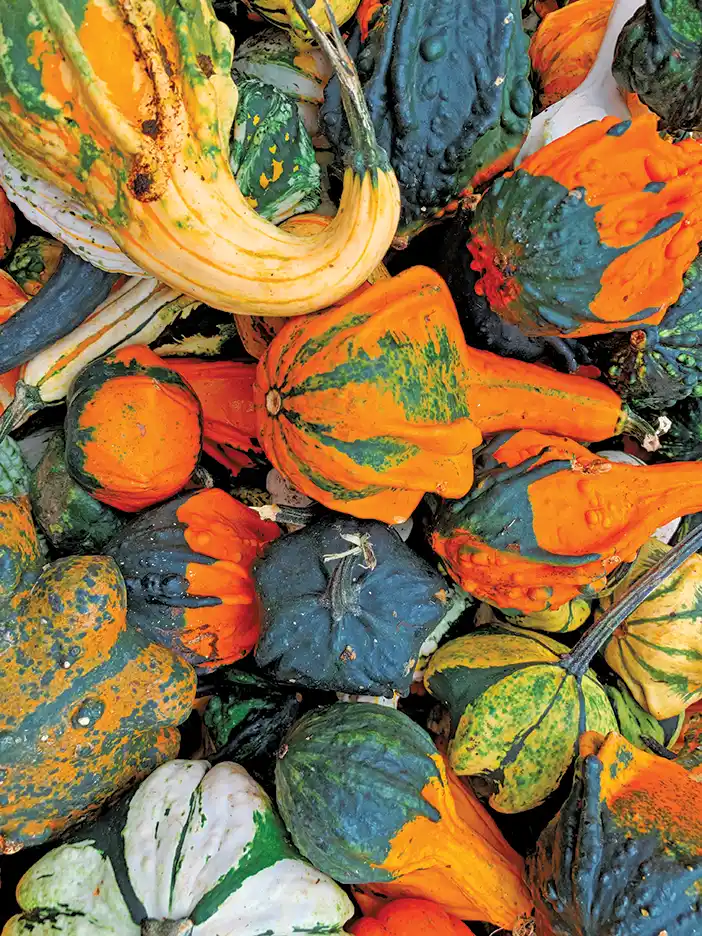
Squash – not just a game…
All squashes (and gourds), as we know them today, come from the same genus, Curcubita, and as such all are very closely related – so much so that they are sometimes known as ‘Curcubits’. While some squashes are seasonal in the summer, these varieties such as zucchini, summer squash, crookneck, and pattypan squash are thin skinned with seeds and flesh, all of which are readily edible raw or cooked. In fact, the word ‘squash’ comes from the Narragansett language word ‘askutasquash’ meaning ‘eaten raw or uncooked’.
Winter squashes, which are planted early in the summer and begin harvesting in the fall, are the squash varieties we think about in the autumnal season – pumpkin, acorn, butternut, spaghetti, buttercup, banana, delicata, kabocha, honeynut – the list goes on. All of these varieties have thicker skins, edible flesh that needs to be cooked, and edible seeds that come in a firm shell which should be roasted in order to be eaten.
Gourds, worth an honorable mention, are also members of Curcubita, but are inedible, and used specifically for decorative purposes in the Americas (and not only).
Origin Story
One of the world’s oldest crops, ancestral squash varieties were present in the Americas before even the arrival of humans. Likely originating in southern Mexico and spreading organically from there throughout Central America, and then both north and south throughout the Americas. The earliest evidence of domestication of squash dates back about 8,000 years in the region, predating maize and beans by about 4,000 years – all three are considered part of the ‘Three Sisters’, the main agricultural crops of the indigenous peoples of North America. In these early times, squash was used both as a food source and the shells were used as storage mechanisms for food, liquid, and supplies.
Squash began to spread to other parts of the world sometime in the 16th century, after Christopher Columbus’ arrival in the New World, most predominantly in Europe and through the Mediterranean Basin… from there, the rest is culinary history.
Growing up with Gourds
When I was a child, we grew a number of different squashes on our farm. My siblings, cousins, and I used to take the big squashes and turn them into little toy boats to play with after we would all help yiayia (grandmother in Greek) scoop them out for her to make pies and food with – after all, necessity is the mother of invention!
There was a pond nearby, where we would take our squash boats and raced them from one side of the pond to the other, excited to see who would win. My sister and I, however, had a trick up our sleeve that always ensured our victory – we had a secret fishing line that we wove through our boat. Since we always played in teams, either my sister or I would be on the other side of the pond, surreptitiously pulling our boat ahead, and we’d always win!
We also would take the crookneck squashes that grew in our garden, and dry them in the sun until they were totally desiccated, and then used them as flotation devices when we would swim to ensure our safety!
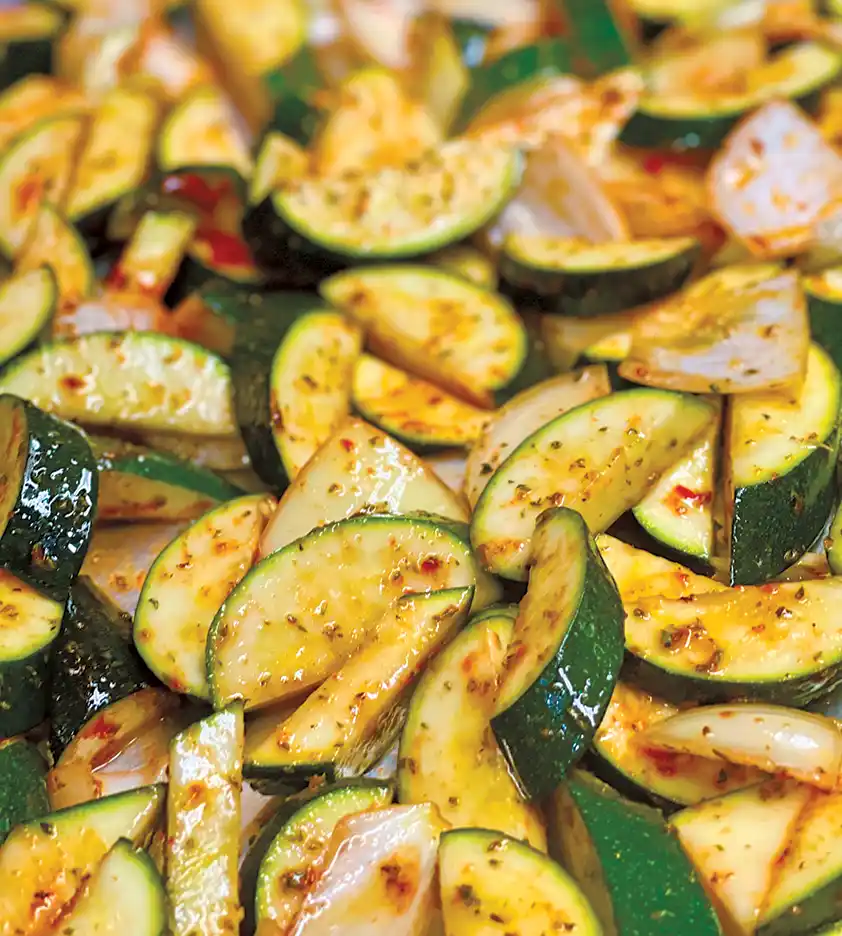
At home, squash was a regular guest on our dinner table in one incarnation or another because it was so easy to make different pies, desserts, vegetable dishes – really everything. In the summer, my yiayia would always make Gemista (stuffed vegetables) where zucchini and summer squash would be stars, full of rice and fresh herbs dressed with lemon and olive oil – a simple dish that warmed hearts and satisfied stomachs.
Kolokythi is the Greek word for squash of any sort – zucchini, pumpkin, crookneck – anything. We used a lot of zucchinis and a lot of pumpkins in our home – for different variations of Kolokythopita (squash pie) – both savory and sweet. My yiayia made an amazing pie with zucchini, leeks, and Feta cheese in a thicker Horiatiko (village-style) phyllo dough, and my papou (grandfather in Greek) would always sneak in the kitchen to eat the crispy bits on the edge of the tray. She also made an amazing sweet version of pumpkin pie, with fresh myzithra cheese, honey, and cinnamon in a light, flaky phyllo dough that I absolutely adored – I could eat the entire tray if I was allowed!
After my yiayia would finish scooping out the pumpkins for her pies (she would, of course, save the seeds for roasting and snacking), my siblings and I would clean them out very well, and would turn them into helmets, using ribbons made from old clothes to secure and decorate them.
My papou would always tell my siblings and I that if we wanted to have beautiful skin and strong eyes that we should be sure to eat our squash – we didn’t need a lot of convincing, because squashes were one of our favorite vegetables to eat, but it never stopped him from sharing his Hippocratic wisdom with us.
No Squashing these benefits…
Papou was right about so many things in life, and squash was no exception!
These tasty vegetables have many shared health benefits: they are all excellent sources of vitamin C, and contain fiber, B vitamins and important minerals such as potassium and magnesium.
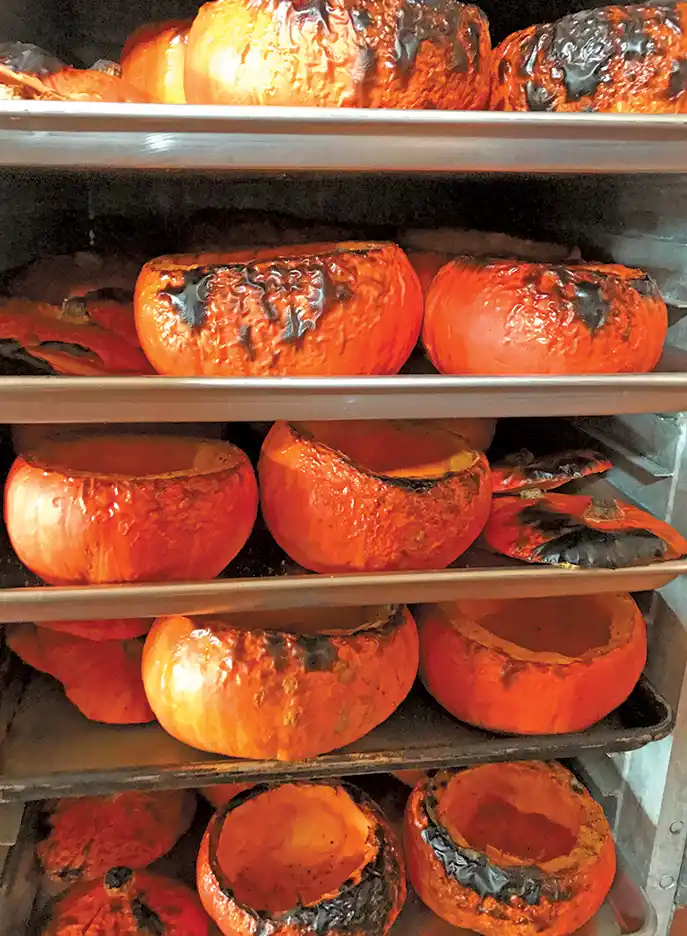
Squash is also full of antioxidants, in particular beta-carotene and lutein, which are excellent for eye health and glowing skin. They may also reduce the risk of certain types of cancers such as non-Hodgkins lymphoma, bladder cancer, cervical cancer, and lung cancer to name a few.
Beyond that, because they are good for heart health, blood sugar regulation, bone health, and can also help combat anemia due to their high iron content. But remember, always ask your doctor before adding any food to your regular diet.
Squash the Kitchen Doldrums
I absolutely love squash season because of the versatility these amazing plants provide us in the kitchen – the possibilities are endless with what you can do with them!
As we make our fall menu changes, soups are always a welcome addition – both in terms of food cost as well as variety. You can use the shells for serving pieces (like acorn squash or sugar pumpkins), and save the seeds to season and roast for garnishes and bar snacks – simple things that make a big difference.
Everyone loves a good squash soup, whether pumpkin, butternut, or an assortment – and the garnishes can be changed up to change the subtle flavors of the soup. Try diced apple, roasted pumpkin seeds, and a drizzle of honey with a dollop of Greek yogurt for one, and a little cumin spiced crispy shallot for another – a totally different dining experience for your patrons!
Roasted squash is great addition to salads, whether green or grain based, adding a hearty yet sweet kick, and a wonderfully cost-effective appetizer option or side as well. Steamed squash makes a great substitution for potato related sides, like squash puree instead of potato puree, and really brightens up plates as well.
Squash is also a fantastic filling for savory and sweet pies, and can be used to make some incredible, healthy desserts since they are naturally sweet to begin with. Think about a squash custard, old fashioned pumpkin pie, butternut bread, or even acorn rice pudding!
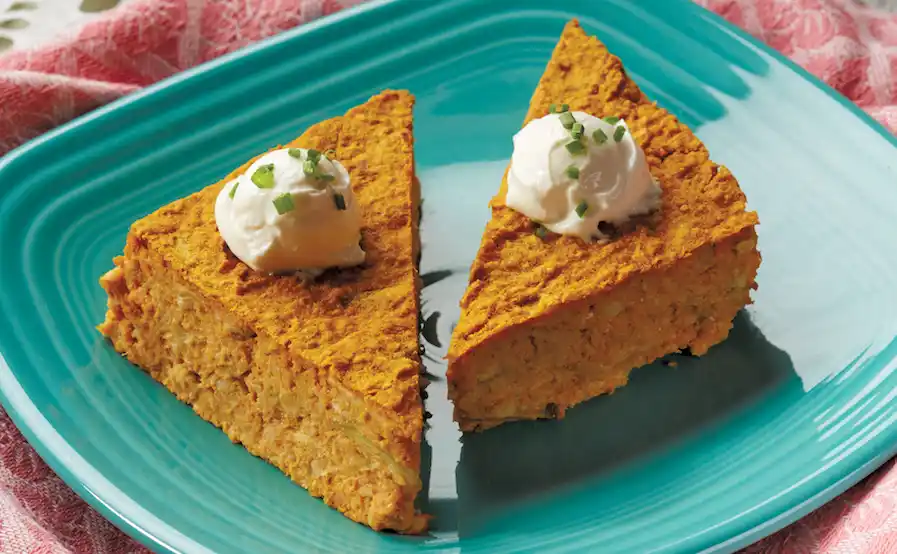
It’s important to remember that warming spices are not the only ones to use with squashes – while cinnamon and clove work beautifully, spices like mustard, sumac, and cumin work well too, and herbs can make a big difference – try tarragon in addition to thyme, or add a hit of citrus – you won’t regret it.
And don’t forget that squash can make an amazing vegan and/or vegetarian main dish – try substituting spaghetti squash for a long pasta on your menu, or treat the squash like a piece of meat, grilling it, then glazing and roasting in the oven, and carving like a steak.
Let’s Squash the Matter
Now that it’s fall, no matter where you go, squash will be around every corner – it’s the tasty, healthy, easy option!




















